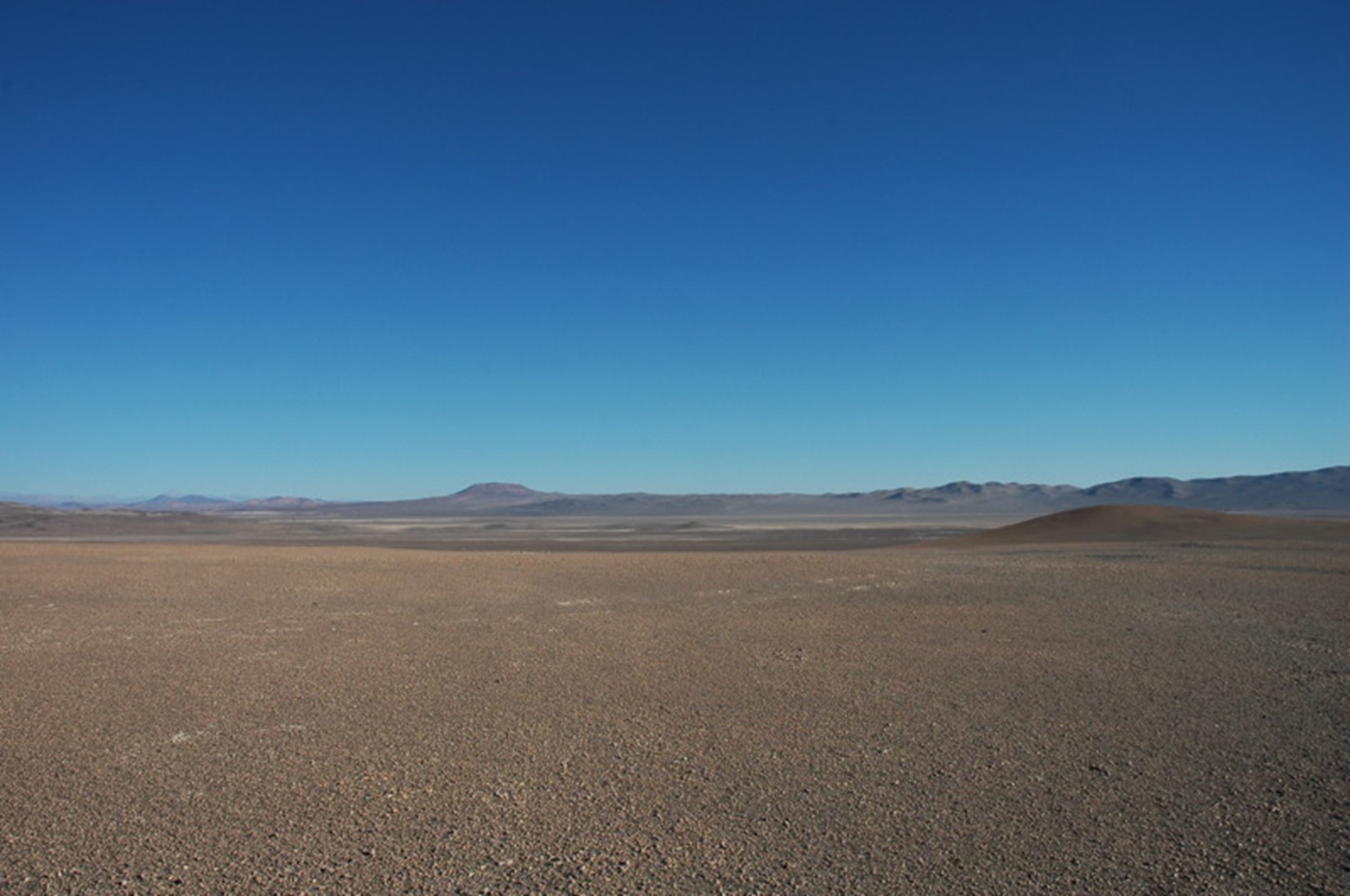Authors: Jianxun Shen, Andrew C. Smith, Mark W. Claire, Aubrey L. Zerkle
Many geologists believe that ancient Mars, with its warmer temperatures and water-rich environment, may have been home to life. To test this hypothesis, astrobiologists must find signifiers of life that can survive the billions of years of hyperaridity experienced on the Martian surface. One such method could be identifying biotic alteration of the geochemical cycling of phosphorus, as was highly publicized during the recent discovery of phosphine in the atmosphere of Venus. Researchers have taken the first step in this search by characterizing biological phosphorus cycling in the analog environment of the Atacama Desert – an endeavor that has applied novel techniques in chemistry to provide insights about the movement of phosphorus in arid environments.
To further understand biogeochemical cycling of phosphorus in hyperarid environments like Mars, Shen et. al. conducted a detailed study of soil from the Atacama Desert in Chile. Because of the high UV intensity and minimal precipitation, some regions of the Atacama Desert are home almost exclusively to extremophiles: microorganisms that have evolved to live in harsh conditions. To investigate the effects of relative aridity on phosphorus cycling and biological activity, the team collected samples from both arid and hyperarid (<10mm rainfall/yr) environments.
The study consisted of three main analyses: stable oxygen isotope quantification in phosphates, computational extremophile enzyme pathway prediction, and targeted cell culture experiments. While this collection of analyses may seem disjointed or unrelated, I will echo the words of Shakespeare: “Though this be madness, yet there is method in’t.” The latter two analyses aim to investigate the means by which extremophiles operate on the biochemical and community level in this environment, so we will focus on the isotope analysis as it has implications for detecting extinct life. If there are microbes currently on Mars, we will not need to investigate phosphorus cycling to determine their existence.
Stable isotope analyses rely on the fractionation, or differential uptake, of different isotopic forms of an element. In the case of oxygen (O), biological organisms prefer the heavier oxygen isotope (18O) to the lighter isotope (16O), which causes the ratio of 18O: 16O to increase with increasing biological activity. The element phosphorus has only one stable isotope (31P), which makes direct isotope analysis impossible, but scientists can use the strong P—O bond in phosphate molecules (PO4) to indirectly study the effects of organisms on phosphorus cycling. They found that increased biological activity shifted the 18OPO4: 16OPO4 ratio in the soil. Soil samples collected from areas with less than 2mm of rainfall/yr (relatively abiotic) were found to have the same 18OPO4: 16OPO4 ratio as the bedrock. Therefore, the ratio tends to the value associated with mineral phosphorus in the absence of biology. As biological activity increased, the ratio shifted from the value associated with mineral phosphorus to a value associated with water, which establishes this ratio as a biosignature if the ratio associated with water can be estimated.
Using extraction methods, the researchers were able to specifically extract phosphate from different pools (microbial, bioavailable, Al/Fe-bound, and Ca-bound) within the soil. Arid soils had a higher proportion of 18OPO4 in the microbial and Al/Fe bound pools, but a lower proportion in the bioavailable Ca-bound pools in comparison to hyperarid soils.
These findings suggest that it may be possible to detect the presence of biological activity from the concentration of heavy oxygen isotopes in phosphate and estimate the degree of activity by quantifying the relative amounts in various pools. The first finding is a new tool in the belt of astrobiologists looking to detect life on other worlds. A tool that specifically addresses phosphorus biosignatures in a more nuanced manner than previous methods that relied on looking for strictly biotic forms of phosphorus, which could prove extremely useful in future analyses of Martian regolith. The latter finding would be a difficult experiment in situ on Mars but could be conducted on samples returned to Earth by the Mars Sample Return Mission.
As we look forward to the landing of the Perseverance Rover in the next month and the science team’s collection of samples over the next few years, we should not forget that the exciting work done by scientists on Earth will also play a major role in our dream to detect life on the red planet. If you will allow me a final thought when it comes to the search for extraterrestrial life, let me again quote the words of the famed William Shakespeare. “Though we know who we are, we know not what [they] may be.” Do not let the evolution of life on our planet prevent us from accepting life in other forms. We may simply be one face of a many-sided die in the probabilistic game of life.
To P, not to P? That is (an oversimplification of) the biogeochemical question— by Joshua Anadu is licensed under a Creative Commons Attribution-ShareAlike 4.0 International License.

